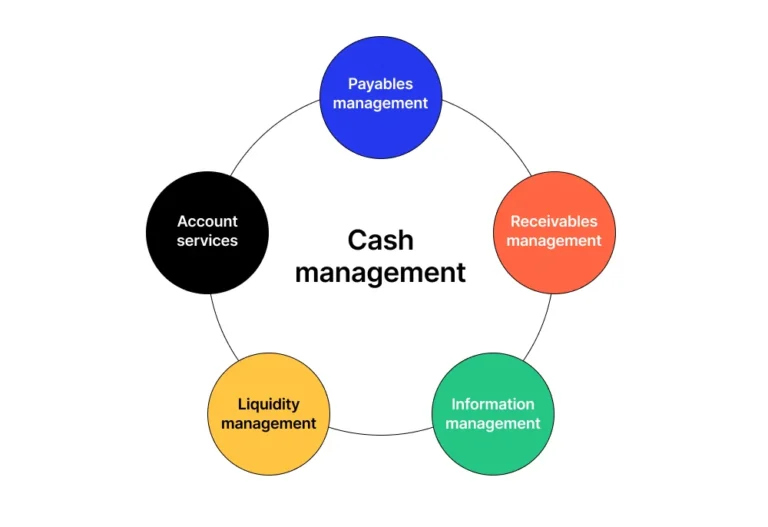Introduction to O Level and A Level Education
In Pakistan, the education system presents various pathways for students, and among them, the O Level and A Level qualifications are quite popular. These qualifications, offered by the Cambridge Assessment International Education (CAIE), are often seen as alternatives to the traditional Matriculation and Intermediate systems. Understanding the key differences between O Level and A Level education is essential for students and parents making informed decisions about academic futures.
Both O Level and A Level qualifications are recognized internationally and offer students the flexibility to study a wide range of subjects. But while they share similarities, they are designed for different stages of a student’s academic journey. In this article, we’ll break down the core differences between these two educational pathways, their unique features, and how each prepares students for higher education or the workforce.
Key Points Overview
To understand the difference between O Level and A Level, let’s explore the following key points:
- Curriculum Structure: How each level builds upon the other and prepares students for different future paths.
- Subject Choice: Flexibility in subject selection and how it affects future academic choices.
- Assessment and Grading: Understanding how students are evaluated in both O Level and A Level programs.
- Recognition and Acceptance: Which educational institutions recognize these qualifications and why they matter for future opportunities.
- Cost and Duration: How long each program lasts and the associated costs of pursuing these qualifications.
Now, let’s dive deeper into these aspects to better understand the differences between O Level and A Level education.
Detailed Discussion
1. Curriculum Structure: A Progressive Journey
The O Level (Ordinary Level) is typically the first stage of the Cambridge system. This stage is for students in their early teenage years, usually from ages 14 to 16. O Levels aim to provide a strong foundation in various subjects, allowing students to gain a broad understanding before specializing in more advanced topics.
In contrast, A Level (Advanced Level) follows after the successful completion of O Levels and typically lasts for two years. A Level is designed to provide specialized knowledge in selected subjects, preparing students for university and professional careers.
- O Level focuses on building a strong base, offering core subjects like English, Mathematics, and Sciences. Students are required to study a variety of subjects, usually 8-10, to gain a well-rounded education.
- A Level allows for a more specialized study, with students choosing around 3 to 4 subjects. These subjects are chosen based on the student’s strengths, interests, and career aspirations, providing them with the expertise required for higher education.
2. Subject Choice: Flexibility and Specialization
When it comes to subject choice, both O Level and A Level qualifications offer a great deal of flexibility, but with notable differences.
- O Level students typically study a broader range of subjects, including compulsory ones like English, Mathematics, and a science subject (e.g., Biology, Chemistry, or Physics). Students can also choose subjects like History, Geography, Economics, and foreign languages, giving them a balanced education.
- A Level student, on the other hand, can select subjects according to their specific interests and career goals. The subjects offered at A Level include advanced topics like Psychology, Business Studies, Computer Science, Literature, and advanced Mathematics. This allows for more in-depth knowledge in a select few fields.
For example, a student interested in pursuing a career in Medicine may choose Biology, Chemistry, and Physics at A Level, whereas someone interested in Business could focus on Economics, Business Studies, and Accounting.
3. Assessment and Grading System
Both O Level and A Level assessments are exam-based, but the grading systems and intensity of the assessments differ significantly.
- O Level assessments consist of a mix of written exams, practical assessments (for science subjects), and coursework, depending on the subject. The grading system for O Levels uses letters, with A being the highest grade, followed by B, C, and so on. A student who achieves a grade of C or higher in each subject is generally considered to have passed.
- A Level assessments are more challenging, with students expected to demonstrate a deeper understanding of the material. These assessments are heavily exam-based, and practicals are often less common. The grading system for A Levels also uses letters (A*, A, B, C, etc.), but achieving A or A* in A Levels is often necessary for admission to top universities, especially for competitive courses like Medicine or Engineering.
4. Recognition and Acceptance
Both O Level and A Level qualifications are globally recognized and widely accepted by universities and institutions in Pakistan and abroad.
- O Level qualifications are considered equivalent to the Matriculation system in Pakistan, and students can progress to A Level after completing their O Levels.
- A Level qualifications are equivalent to the Intermediate level (FSc) in Pakistan. Many Pakistani students opt for A Levels as it opens doors to prestigious universities both within Pakistan and internationally. A Level graduates are often sought after by top universities around the world, particularly those in the UK, USA, and Canada.
In terms of university admissions, many universities in Pakistan, such as the University of the Punjab or Lahore University of Management Sciences (LUMS), accept both O Level and A Level graduates, although A Level student may sometimes be preferred for competitive programs.
5. Cost and Duration: Investment in Future Education
The cost of education is an important factor for Pakistani students and families when considering O Level and A Level qualification.
- O Level generally takes 2 years to complete and is less expensive than A Level. However, the cost can vary depending on the school, with some international schools charging higher tuition fees.
- A Level typically takes 2 years as well but comes with higher tuition fees, particularly if a student attends an international school or a school that specializes in Cambridge qualifications. The cost is reflective of the specialized education and resources required for the A Level curriculum.
Conclusion: Which Path is Right for You?
The decision between O Level and A Level ultimately depends on the student’s career goals, interests, and long-term aspirations.
- O Level is ideal for students looking for a broad education and those who want to explore a wide range of subjects before narrowing down their focus.
- A Level is more suited for students who have already developed an interest in specific subjects and wish to deepen their knowledge in preparation for university-level education.
Both pathways provide excellent opportunities for further education, and the choice between them will depend on the student’s academic strengths, interests, and long-term goals.
FAQs
Q1: What is the difference between O Level and A Level?
A1: O Level is the first stage of the Cambridge system, focusing on broad subjects for students aged 14-16, while A Level follows O Level and offers specialized subjects for students aged 16-18. A Level prepares students for higher education with more in-depth knowledge of selected subjects.
Q2: Are O Level and A Level recognized in Pakistan?
A2: Yes, both O Level and A Level are widely recognized by educational institutions in Pakistan. A Level is equivalent to the Intermediate (FSc) level, and O Level is considered equivalent to the Matriculation system.
Q3: How long does it take to complete O Level and A Level?
A3: Both O Level and A Level programs typically take 2 years to complete each, although the duration can vary depending on the student’s academic performance and the school’s schedule.
Q4: What is the grading system for O Level and A Level?
A4: Both O Level and A Level use letter grades, with A being the highest grade. In O Level, students are graded on a scale from A to E, while A Level grades include A*, A, B, C, etc.
Q5: Can I switch from O Level to A Level?
A5: Yes, students who successfully complete their O Levels can transition to A Level, which is typically pursued after the O Level qualification.







